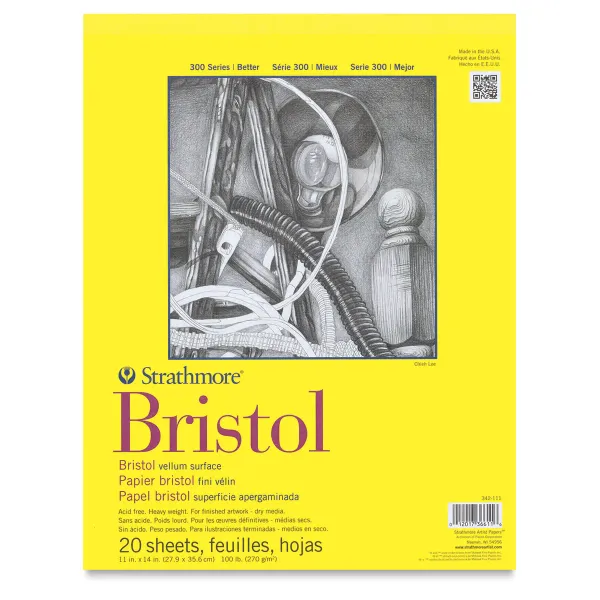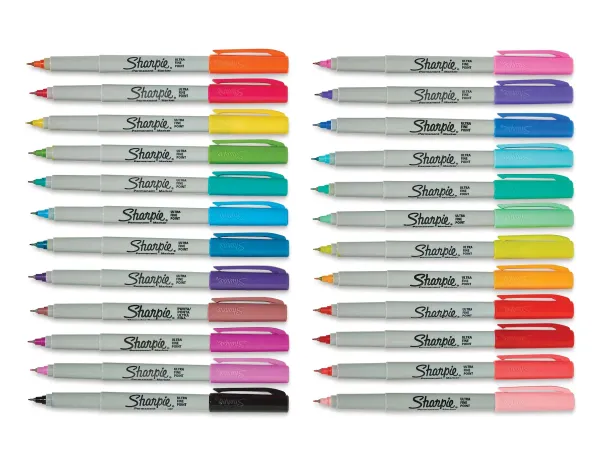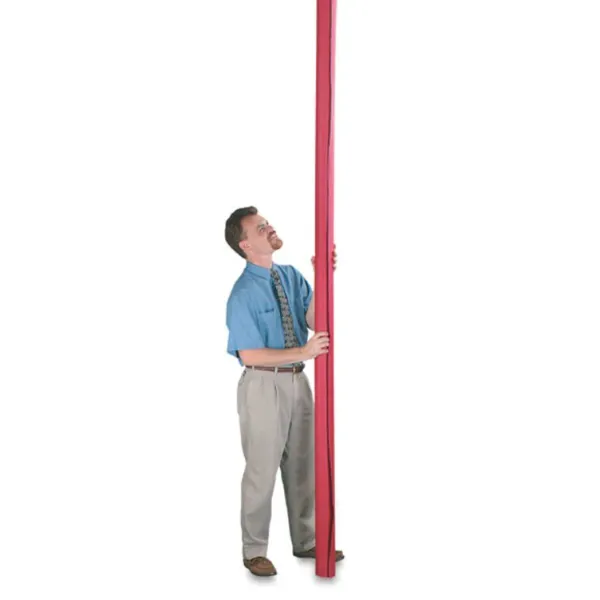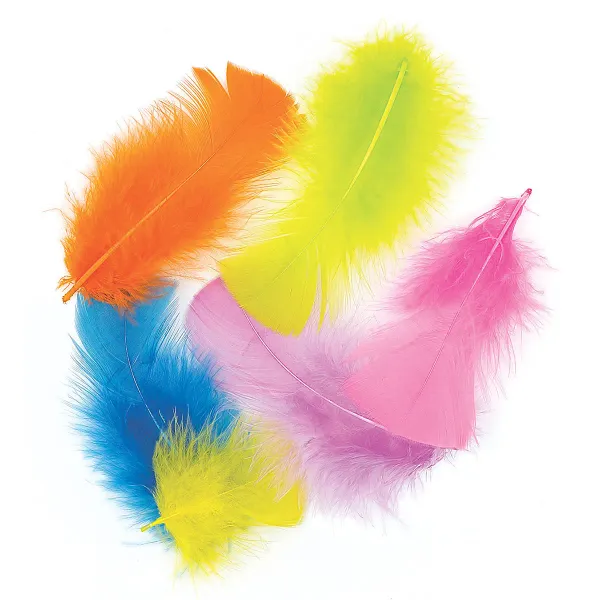Choosing Watercolor Brushes
Which brushes should you use for watercolors? If you are just getting started with watercolors, the first step is choosing the right brush. Like all other art supplies, there are a number of different brushes to choose from. It can be easy to quickly spend a lot of money on brushes that are not the best choice for your particular needs. Which brush or brushes you should choose should be based on the following:
• Materials. When choosing the right brush for watercolors, you can select from a number of different filaments or hairs, in both natural hairs and synthetic or manmade hairs. The most commonly used natural fibers that are used in making brushes include squirrel, goat, ox, mink and sable, with the last two of these being the priciest. Natural hairs are more costly than manmade or synthetic hairs, while the best of the best are sable. Brushes billed as Kolinsky sable are the best brushes on the market. The advantage of using a natural hair bristle brush is that the ridges along the length of the bristles will help to hold your watercolor paints on the brush in a greater amount. If you choose a synthetic brush, you will need to choose one that is a couple of sizes larger to get the same holding capacity as a natural version of the same size brush. For example, if you are buying a #8 sable hair brush, the equivalent size for a nylon brush would be around a #10.
• Shape. Brushes come in all sorts of shape, but the two shapes that you should buy for painting with watercolors are round or flat brushes. You should also make sure that the brush has a coated brass ferrule or a seamless nickel ferrule (this is the metal piece that joins the handle with the bristles) so that you can avoid hair loss and rust.
• Size. The size brush that you use for watercolor projects should be based on your preferences and the piece you are creating. For example, if you need to put on all-over color, a larger brush is helpful, but you will need a smaller brush for details.




